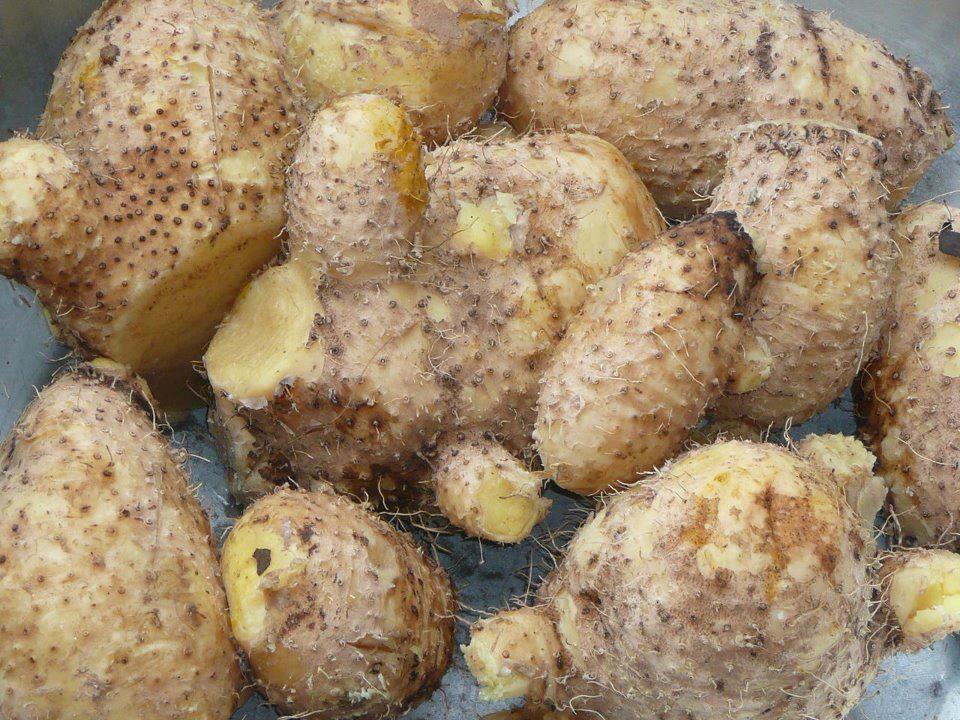Akawaio people on:
[Wikipedia]
[Google]
[Amazon]
The Akawaio are an


indigenous people
Indigenous peoples are culturally distinct ethnic groups whose members are directly descended from the earliest known inhabitants of a particular geographic region and, to some extent, maintain the language and culture of those original people ...
who live in Roraima
Roraima (, ) is one of the 26 states of Brazil. Located in the country's North Region, it is the northernmost and most geographically and logistically isolated state in Brazil. It is bordered by the state of Pará to the southeast, Amazonas ...
(Brazil
Brazil ( pt, Brasil; ), officially the Federative Republic of Brazil (Portuguese: ), is the largest country in both South America and Latin America. At and with over 217 million people, Brazil is the world's fifth-largest country by area ...
), Guyana
Guyana ( or ), officially the Cooperative Republic of Guyana, is a country on the northern mainland of South America. Guyana is an indigenous word which means "Land of Many Waters". The capital city is Georgetown. Guyana is bordered by the ...
, and Venezuela
Venezuela (; ), officially the Bolivarian Republic of Venezuela ( es, link=no, República Bolivariana de Venezuela), is a country on the northern coast of South America, consisting of a continental landmass and many islands and islets in th ...
. They are one of several closely related peoples called Ingarikó
Ingarikó (Ingaricó) or Kapon is a term that collectively refers to three closely related tribes of indigenous people of South America, living in areas of Venezuela, Brazil and Guyana. Linguistically, the three groups fall within the Cariban lan ...
and Kapon. Akawaio language Akawaio may refer to:
*Akawaio people, an indigenous people of South America
* Akawaio language Akawaio may refer to:
* Akawaio people, an indigenous people of South America
* Akawaio language, the language of the Akawaio people
* ''Akawaio'' (f ...
used by 5,000 to 6,000 speakers.
History
Akawaio were known as prominent traders in the region. At the time of European contact, Akawaio lived on Guyana's coastal belt, moving inland as lands were taken for use as plantations. Akawaios, as well as Caribs, were used to capture other Amerindians as slaves as well as hunt down runaway slaves that has been brought from Africa. In Guyana, Akawaio settlements are concentrated around the upper Mazaruni, Barama, upper Pomeroon,Demerara
Demerara ( nl, Demerary, ) is a historical region in the Guianas, on the north coast of South America, now part of the country of Guyana. It was a colony of the Dutch West India Company between 1745 and 1792 and a colony of the Dutch state fro ...
, Wenamu, and upper Cuyuni rivers.
Culture
Religion
Akawaios have polytheistic beliefs. Mythological figures like Makunaima, Kanaima, Iwarrika and Sigu are an important part of their culture. The most important god is Makunaima because, in their opinion, he created the tribe. Furthermore, they associate some natural phenomena to some divinities like Iwarrika who is blamed for flooding the earth. The Shaman plays an important part in their religious practice. He meets the god during hallucinogenic rituals when tobacco and a specific diet are used.Food
To be self-sufficient, the Akawaio people grow banana, yams, raw cane sugar, taro, cotton, calabash... However, they do not exclusively feed on plants, they also hunt deer, peccary, tapirs, agoutis or pacas. For hunting, they traditionally use blowpipes or bows and arrows but nowadays they also use guns. They make a lot of different alcoholic and non-alcoholic drinks.Economic activities
Work in the Akawaio community is gender-based. Women work in weaving, pottery and house keeping. Meanwhile, men tend to devote to hunting or peddling. Akawaios trade quivers or other productions for clothes, fruits and weapons. The tribe of Akawaio has a particular educational model based on non-violence and respect. Akawaio focus on dialogue and separating rivals during disagreements. Sharing is a central value. Indeed, in the village, no one has more property than the other members of the community.
References
{{authority control Ethnic groups in Brazil Indigenous peoples in Brazil Indigenous peoples in Venezuela Indigenous peoples in Guyana Indigenous peoples of the Guianas